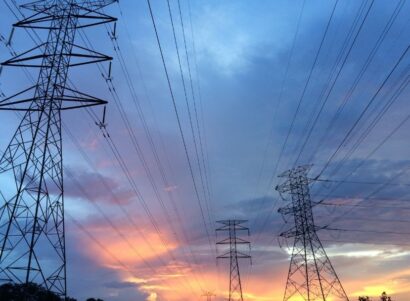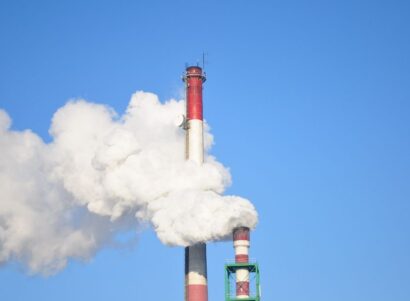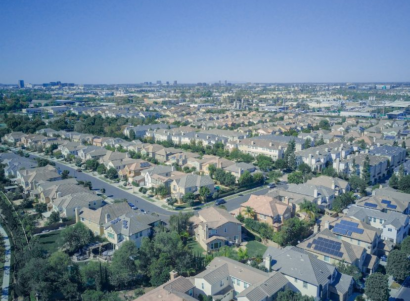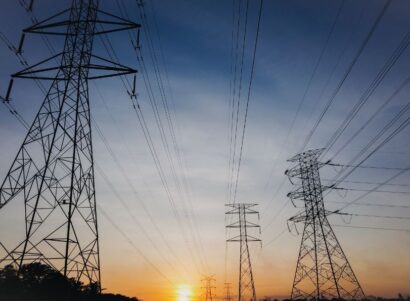Background
Oil and gas wastewater, known as produced water, can spill at any point during oil and gas development. Produced water commonly contains trace metals, carcinogens, or other toxic chemicals, and spills have the potential to impact ecosystems and public health.
Despite being the seventh largest oil producer in the United States, few studies have analyzed produced water spills in California, making it difficult to understand the frequency, cause, and impact of spill events. This study, published in Environmental Science and Pollution Research, provides a summary of produced water spill incidents contained within California’s spill reporting database, known as the HazMat database.
Key Findings
- During the period of 2006–2020, a total of 1029 incidents involving produced water spills were reported. Despite the potential threat to the environment and human health, there are significant knowledge gaps concerning these incidents. In particular, this study found that:
- Accessing spill data is time consuming given that the HazMat database lacks important filters, such as on vs. off-shore oil and gas development.
- Spill incident reports in the database are missing crucial information including up-to-date release volumes, exact locations, consistent measurement units, and post-spill environmental monitoring details.
- Reporting thresholds proposed by California’s oil and gas regulator the California Geologic Energy Management Division (CalGEM), result in inconsistent reporting of crude oil (~87% of all spills) vs. produced water (~62% of all spills) spills.
Conclusions
California’s spill database contains inconsistencies and lacks critical information needed to analyze spill impacts. Additionally, to ensure parity across substances, the produced water threshold proposed by CalGEM in the recent public health draft rules should be lowered from 10 barrels to 2 barrels.
State agencies with jurisdiction can improve the current spill reporting in a number of ways, including 1) restructuring the HazMat database to focus on the accessibility and clarity of data, 2) California’s Office of Emergency Services (CalOES) could require operators to submit separate volumes of spill substances in standardized measurement units within one comprehensive spill report, and 3) CalOES could require operators to include the coordinates in a consistent convention. These efforts could be further aided by requiring the installation of monitoring equipment following a spill exceeding a volume threshold.

 Study
Study






